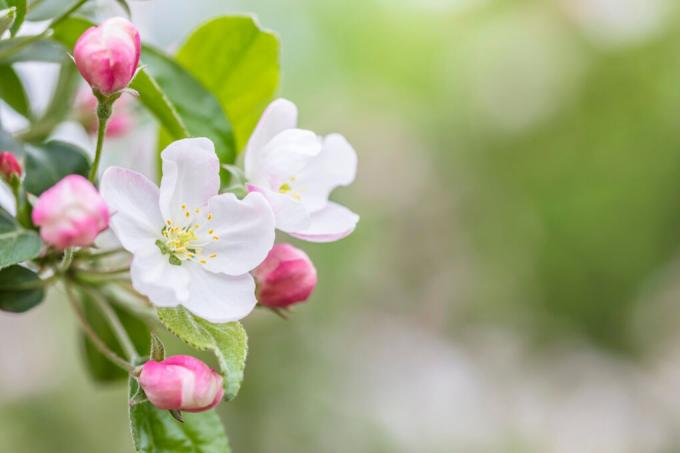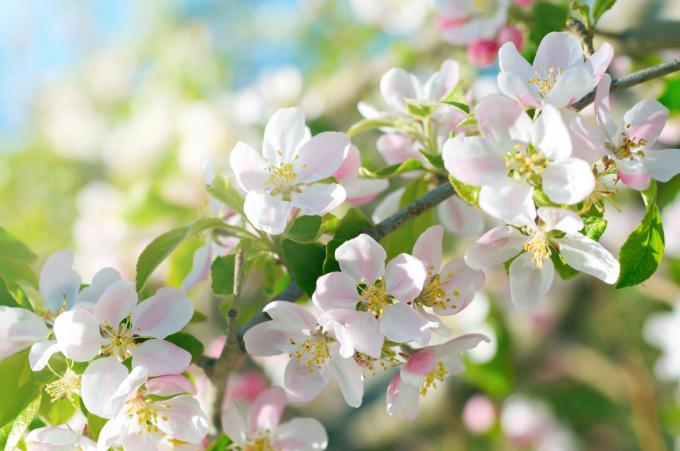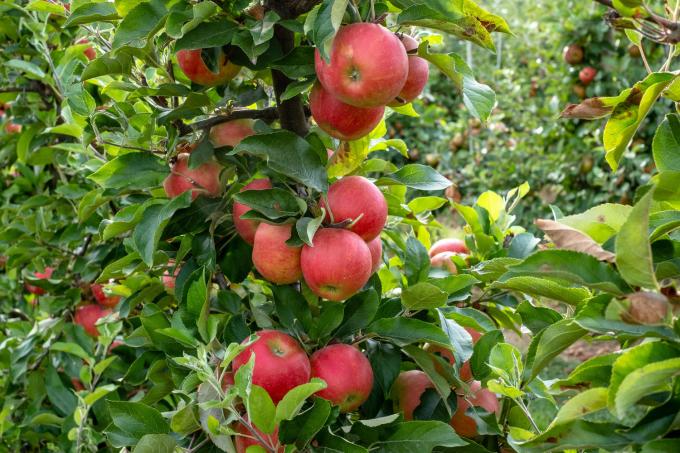AT A GLANCE
Why does the apple tree bloom in September?
By a natural cause will the sprouting inhibition the buds raised up. For example, the key stimulus may be warm, humid weather after a dry summer, or a large leaf shed. As a rule, however, the second bloom does not damage the tree.
How does it flower in September?
Becomes by an environmental influence the sprouting inhibition the buds overridden these open in September.
also read
- pruning apple tree







The reasons for this can be:
- A heavy cut back in the summer months.
- Hail that damaged most of the leaves.
- Persistent drought, which is followed by warm, humid weather.
- Extensive watering after a long dry period.
Is it harmful to the tree if it grows a second M in September?
Usually does it not harm the apple tree, if he is in late summer or even blooms a second time in winter. So just enjoy the flowers.
If the size of the apple tree allows it, cut off the small fruits. This prevents the wood from putting a lot of energy into the formation of the fruit, which is no longer ripening anyway.
What explanation is there for the second flowering in September?
The apple tree lay the buds for flower formation already in the previous year. Until the end of the vegetation period, the wood forms inhibitors that prevent it from budding.
This sprout inhibition is reduced by the winter cold. The buds begin to swell in spring and the tree blooms. However, if this mechanism is disrupted by the environmental conditions described, some of the buds that have already formed will open in the same year.
Tip
Cut apple tree branches for Barbara Day
Since apple trees have a rather low need for cold to open the blossoms, they are well suited as barbara branches. To do this, cut off some branches with noticeably thick, swelling buds that you would have had to remove the next time you prune the fruit tree.



